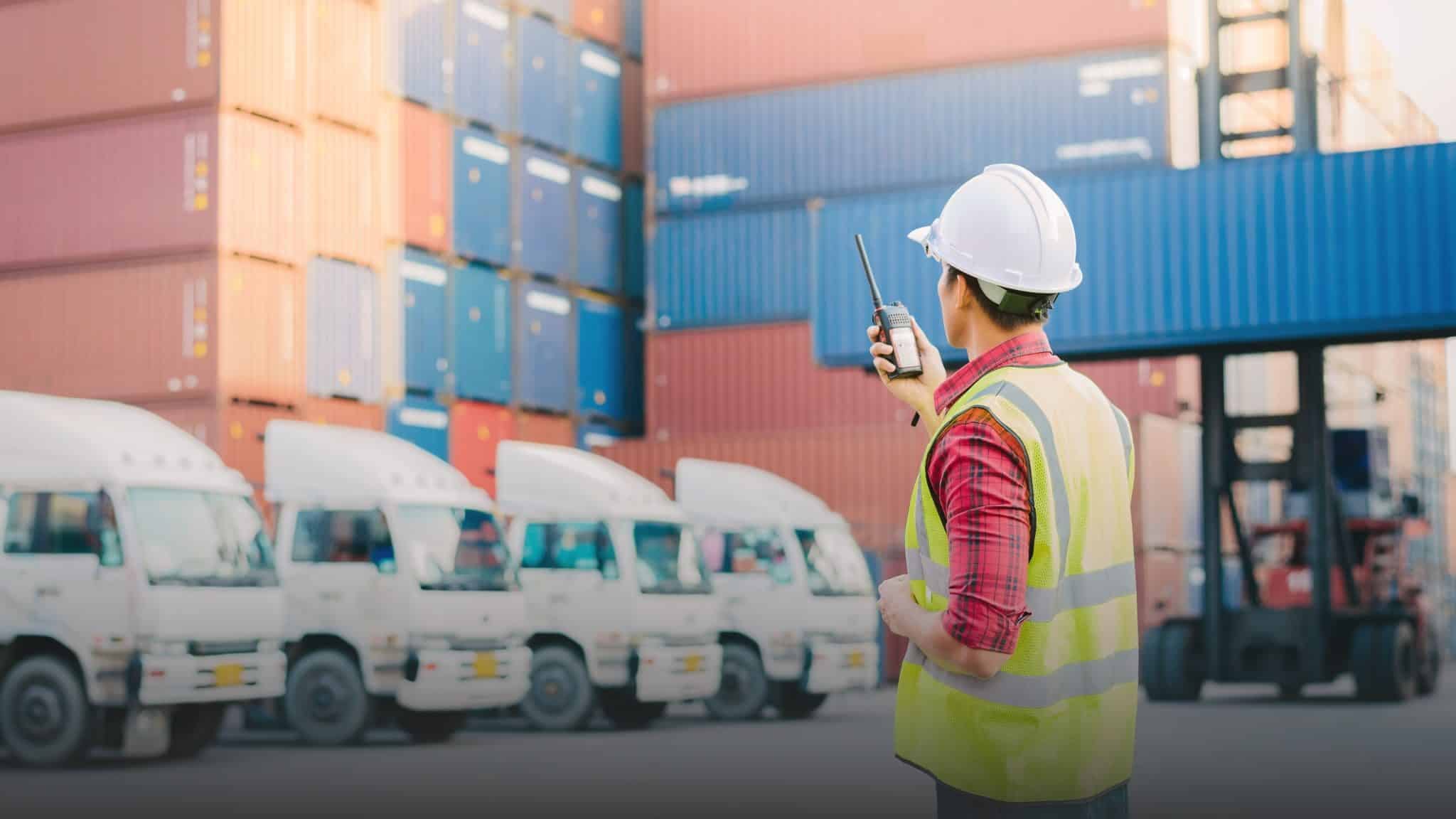
A Billion parcels a month: The new Indian 3PL landscape
India’s logistics industry is entering a period of rapid scale and structural change. Rising e-commerce and hyperlocal deliveries, particularly in categories like fashion, beauty, and daily essentials, are fuelling a surge in shipment volumes. A notable trend within this growth is the rise of low-ticket purchases, translating into more parcels being shipped per unit of GMV. This shift has created powerful tailwinds for the industry, enabling logistics providers to move larger volumes without proportionately higher costs.
Parcel volumes are projected to expand at a 15–20% CAGR over the next five years, crossing 1 billion parcels per month by 2030. At that scale, the industry is expected to unlock an annual revenue pool of USD 9-11 billion, underscoring the critical role logistics plays in powering India’s digital commerce economy.
The central role of 3PLs
Want to evaluate new investment and M&A opportunities?
Third-party logistics (3PL) providers remain central to this growth story. They handle nearly 70% of shipments for vertical e-commerce platforms and about a third of the volumes from horizontal players. Their importance extends beyond scale: enterprise clients continue to depend on 3PL partners for wide geographic reach and value-added services such as reverse logistics and large shipments. 3PL players have also been instrumental in the rise of Same-Day-Delivery (SDD) and Next-Day-Delivery (NDD) models.
This has made 3PLs indispensable to the ecosystem, despite significant investments by some large e-commerce platforms in their own captive logistics arms. For horizontal platforms, outsourcing to 3PLs also provides flexibility to serve diverse shipment needs and manage seasonal surges in demand.
From rapid expansion to disciplined growth
As the industry scales, the 3PL market itself is transitioning. For years, providers chased growth at any cost, often prioritizing volumes over profitability. Today, stabilizing yields, improving unit economics, and increasing shipment density are allowing logistics firms to pivot toward a more disciplined, sustainability-first model. This transition marks an important inflection point. Providers are investing in more efficient operating models, leveraging technology to optimize delivery routes, and adopting new pricing structures that balance competitiveness with profitability.
Consolidation reshapes the market
The most visible signal of this shift came with Delhivery’s acquisition of Ecom Express, a landmark deal that cements Delhivery’s position as the country’s largest logistics player. As of Jun’2025, Delhivery accounts for close to half of traditional e-commerce monthly shipments (excluding quick commerce), giving it a scale advantage that few can match.
But Delhivery is not the only one that has gained from the acquisition. With enterprise clients preferring to diversify volumes across multiple partners to mitigate concentration risk, Shadowfax has been able to increase its market share by almost 8pps between Jul’24 and Jul’25. It has emerged as the #2 player, leapfrogging incumbents such as Blue Dart and Xpressbees over the past 3 years,
Xpressbees and Blue Dart continue to hold meaningful positions, though with distinct strategies. Xpressbees has narrowed its footprint, focusing on fewer pin codes while maintaining profitability. Blue Dart, on the other hand, leans heavily on its premium airhaul-led operations, a model that carries higher costs but appeals to clients prioritizing speed and reliability.

Opportunities for the next wave
Industry observers highlight that consolidation is creating not just stronger incumbents but also room for challenger players. Large enterprise clients increasingly prefer a multi-partner strategy, which opens opportunities for mid-scale 3PLs to capture incremental share. These players, if able to build capacity and refine operations, can ride the sector’s growth while avoiding the pitfalls of overexpansion.
A more stable future
The bottom line: India’s 3PL sector is evolving from a fragmented, expansion-driven market into one defined by discipline and resilience. Consolidation is no longer about survival—it is setting the stage for long-term growth, stronger unit economics, and a more predictable future. With consumer behavior continuing to evolve and parcel volumes scaling rapidly, third-party logistics providers are poised to play an increasingly pivotal role in supporting India’s digital commerce and broader economic growth.

Written by
Mrigank Gutgutia
Partner
Mrigank leads business research and strategy engagements for leading internet sector corporates at Redseer Strategy Consultants. He has developed multiple thought papers and is regularly quoted in media and industry circles.
Talk to me
India’s Defence DeepTech Flywheel: The $6Bn Market Nobody’s Watching

Ready-to-Eat Brands Are Leaving 85% of Addressable Consumers on the Table

Who’s Winning in India’s Dating & Matrimony Market—and where are the opportunities for Platforms and Investors
